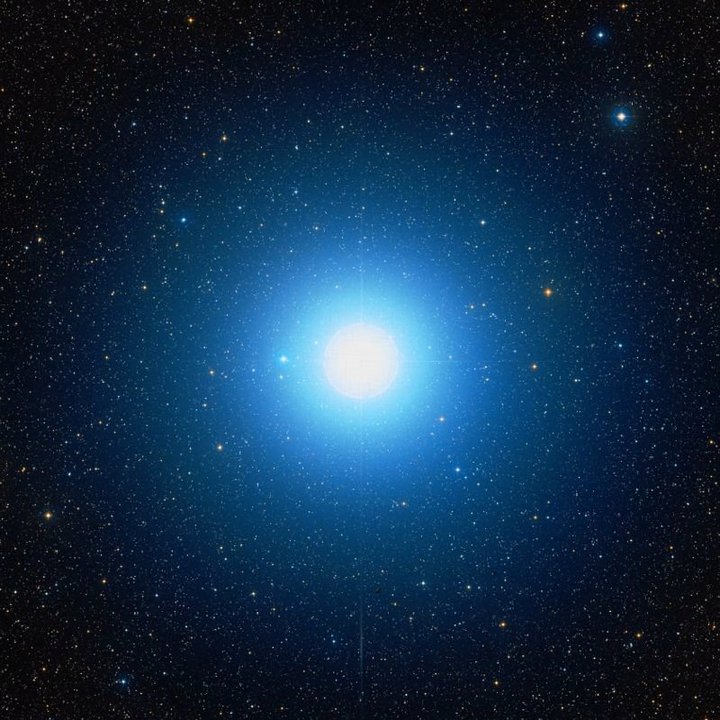Nucleosynthesis in Stars: A Stellar Concept
All elements are synthesized inside stars. The exception being Hydrogen. Through stellar nucleosynthesis, we are able to better understand stellar evolution and space-time distribution of matter in the universe. Due to gravitational contraction, the core of a star will become hot enough for atoms to be stripped off their electrons and collisions between atomic nuclei trigger nuclear reactions. The star's hydrostatic equilibrium is established by radiating away some of the nuclear energy. |
| Proton-Proton chain |
 |
| The CNO cycle |
When Helium dominates the core the temperature is not high enough to trigger reactions involving He4. Gravity then contracts the core even further until alpha reactions are triggered. These reactions produce elements such as C12, O16 and Ne20 by fusing 3, 4 or 5 alpha particles. Though these reactions are not direct, they build up through binary reactions leading to Be8 (which has a very short lifetime: 2.6 10-16 sec) and then the capture of a third alpha particle to form C12. At this stage, the star has entered its red giant phase because Hydrogen occupies the outer layer which expands because of an increase in temperature.
 |
| White Dwarf |
| Supernova |
You may be thinking, "Wow, this is really kind of boring. I wonder when she'll get to the good stuff and how all this pertains to me." Well, wonder no longer! Astrophysicist Lawrence Krauss explains, "Every atom in your body came from a star that exploded. [In other words,] you are all stardust. You couldn’t be here if stars hadn’t exploded, because the elements - the carbon, nitrogen, oxygen, iron, all the things that matter for evolution and for life - weren’t created at the beginning of time. They were created in the nuclear furnaces of stars, and the only way for them to get into your body is if those stars were kind enough to explode.... The stars died so that you could be here today." The entire process of stellar nucleosynthesis is working up to the point where the core is iron therefore there is nowhere left to go and the star collapses. Lawrence Krauss describes, "That whole collapse happens in one second.... There's a shock wave and that shock wave ... spews out all of the atoms that were created during the life history of a star. The carbon, the nitrogen, the helium, the iron. And that's vitally important because every atom in your body was once inside a star that exploded.... The atoms in your left hand probably came from a different star than in your right hand, because 200 million stars have exploded to make up the atoms in your body."
Work Cited:
http://philosophy-of-cosmology.ox.ac.uk/stellar-nucleosynthesis.html
https://www.thoughtco.com/stellar-nucleosynthesis-2699311
Emma, I have always had a fascination for the stars, and it just deepened. I never knew that a star could produce elements other than hydrogen and helium. It is crazy to think, from a purely scientific standpoint, that all the matter of the universe came from stars. I never knew that stars went super nova because they literally could not support themselves anymore. I have heard of things called neutron stars, and that on Earth, 1 tsp of it would weigh 10 tons. But what is the difference between a neutron star and a "regular" star? Why do different stars have different masses and sizes? How do stars form in the first place? Are they born from other stars?
ReplyDelete